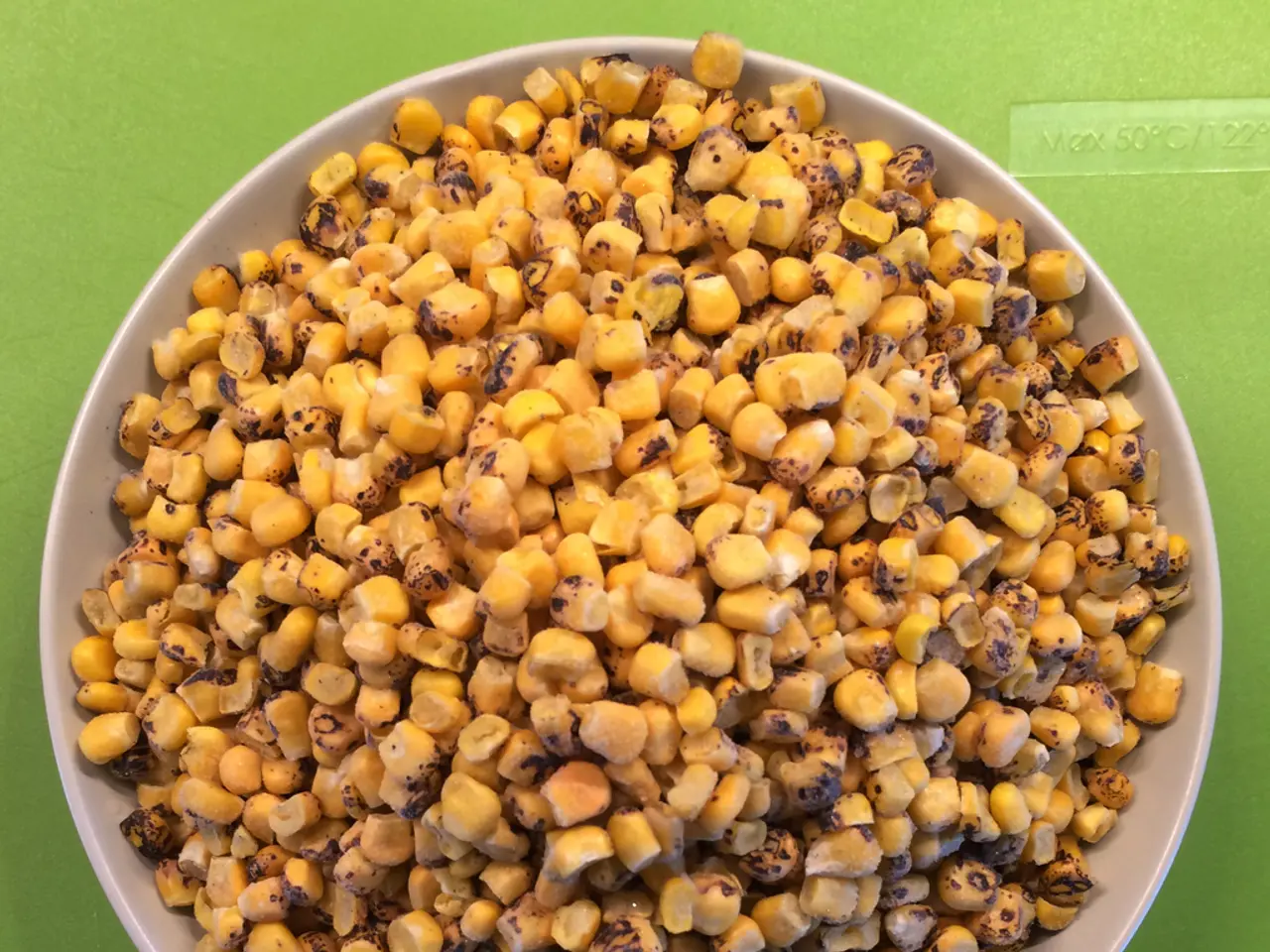German Breeders Tackle Ergot Threat in Cereal Crops
German breeders are working to reduce the impact of ergot, a harmful fungi that infects cereal crops, particularly rye and triticale. New regulations have lowered limits for ergot, with further reductions planned by 2028. Breeders aim to tackle this issue through various strategies.
Ergot, caused by the fungi Claviceps purpurea, produces mycotoxins called ergot alkaloids that can cause health problems with long-term consumption. The fungi thrives in wet-cool weather during the flowering of host plants, leading to 'ergot years'. Breeders aim to reduce susceptibility by mixing hybrid varieties and developing pollen-strong lines.
German breeders have implemented several measures to combat ergot. These include crop rotation, using resistant varieties, thorough seed cleaning, and timely harvesting. However, factors like cold and wet weather, late-blooming volunteers, and isolated locations can increase susceptibility. Cross-pollination also makes ergot more prevalent in rye than in other cereal species.
Ergot, while naturally occurring and unavoidable, poses significant risks to cereal crops and human health. With new regulations lowering limits and planned further reductions by 2028, breeders are actively working to mitigate its impact through various strategies. Despite these efforts, vigilance and continuous improvement remain crucial in managing this persistent fungal threat.







